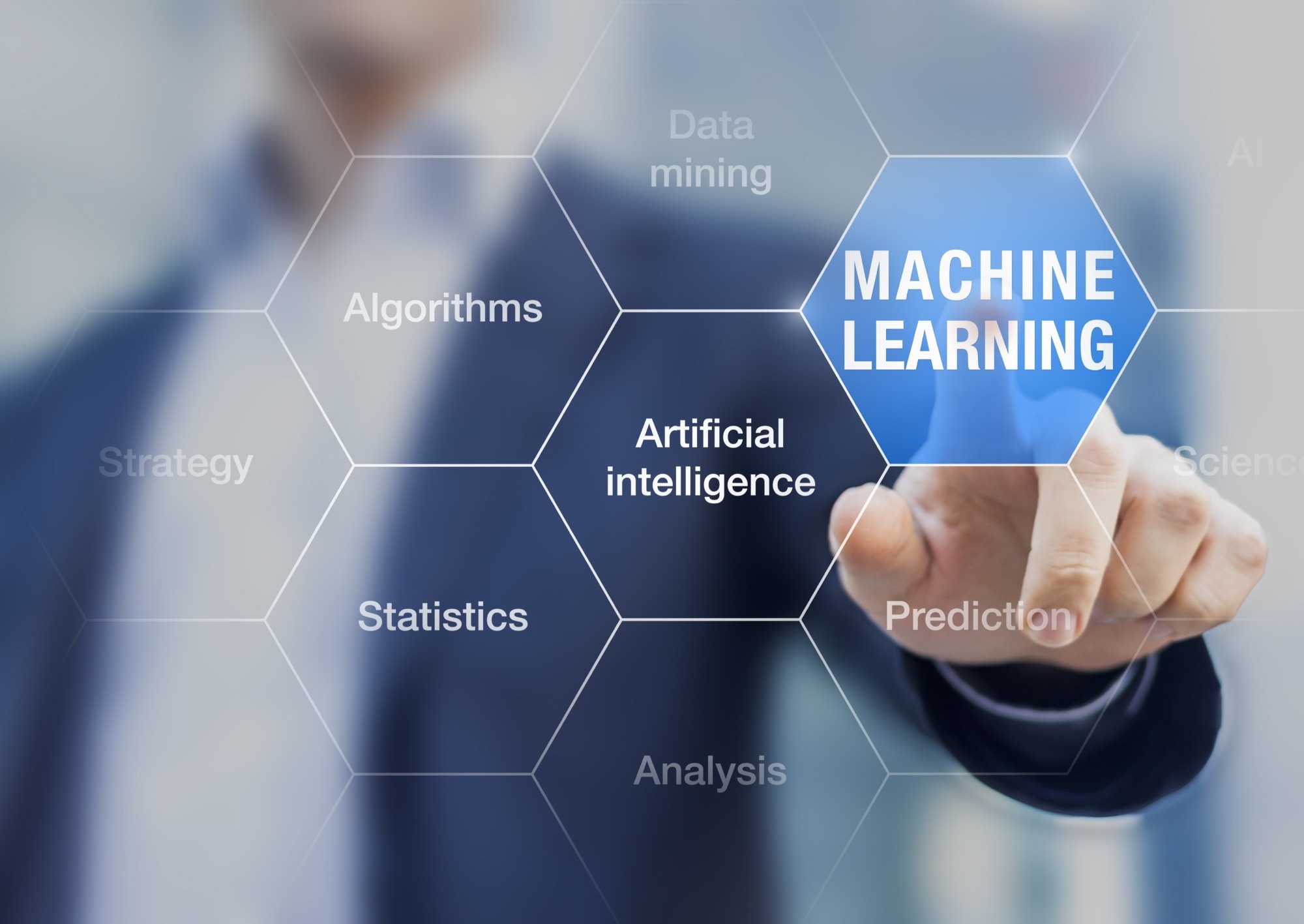In a recent review published in the Journal of Human Genetics, a group of authors explored the potential of deep learning (DL), particularly convolutional neural networks (CNNs), in enhancing predictive modeling for omics data analysis, addressing challenges and future research directions.
 Study: Advances in AI and machine learning for predictive medicine. Image Credit: NicoElNino/Shutterstock.com
Study: Advances in AI and machine learning for predictive medicine. Image Credit: NicoElNino/Shutterstock.com
Background
Recent genomics advances, especially through Genome-Wide Association Studies (GWAS), have greatly improved disease understanding by identifying genetic factors for complex traits.
Despite this progress, challenges in capturing complex biological interactions from numerous minor-effect variants persist. Addressing these requires integrating genetic findings with broader 'omics' knowledge, paralleling challenges in other data-intensive biology areas.
Further research is needed to overcome predictive modeling limitations and harness deep learning in omics data analysis for precision medicine.
Utilizing omics data for precision medicine
Omics datasets are important for detecting diseases and enhancing precision medicine, especially in predicting drug efficacy.
Despite advancements, the complexity and vastness of these data introduce challenges in analysis and interpretation, affected by both general and specific issues like those in GWAS.
Challenges in genomics research
Genomics research faces several key challenges, including the critique of GWAS for focusing on common genetic variants with modest effects, thereby overlooking significant genetic contributions from rare variants, complex interactions, and gene-environment interplays.
Determining the functional consequences and causality of identified variants requires additional experiments, complicating the interpretation of GWAS results.
Moreover, distinguishing causal variants and understanding their mechanistic effects on phenotypes necessitate further information, benefiting from integrated approaches involving functional genomics, epigenomics, and transcriptomics.
The role of machine learning (ML) and DL
Advanced algorithms, including ML and DL, are crucial for understanding complex natural processes and omics data analysis. Despite their accuracy, these 'black-box' models face challenges in interpretability and capturing data relationships.
DL, with techniques like transfer learning, addresses these issues, enhancing data dependency capture and utility in biological research.
The impact of DL in genomics
DL's capability to learn hierarchical representations from raw data has been invaluable in predictive modeling, especially in dealing with noisy and high-dimensional data.
Transfer learning, a notable DL technique, allows models pre-trained on large datasets to be fine-tuned on smaller, more specific datasets, enhancing accuracy and performance.
Furthermore, DL models, including CNNs, offer additional analysis capabilities, such as identifying interactions, modeling non-linear effects, and integrating heterogeneous data sources for a comprehensive genetic analysis.
Revolutionizing omics data analysis with CNNs
Applying CNNs to omics data via techniques like DeepInsight, which converts tabular data into image-like formats, has transformed analysis, uncovering hidden gene relationships and improving model interpretability.
Transfer learning leverages vast image datasets, enhancing CNNs' predictive power in omics research.
Addressing CNN challenges in omics data analysis
The fusion of CNNs with omics data has significantly advanced genomics. However, this integration faces several challenges.
Enhancing interpretability
A major hurdle is the "black box" nature of DL models, which obscures how specific genes or elements influence predictions.
While DeepFeature and class activation maps (CAMs) have made strides, achieving deeper insight into model decisions remains a priority.
Data diversity and size constraints
Omics data's heterogeneity and the large dataset requirements of DL models present difficulties, particularly for rare diseases with fewer samples. Adapting to various data types without losing their inherent structure is challenging.
Overfitting concerns
Overfitting is a known issue in ML, particularly with high-dimensional omics data. DL's intrinsic regularization features within its learning process suggest that increasing model complexity (e.g., adding layers) could paradoxically make the model more robust, challenging traditional views on overfitting.
Computational and hyperparameter optimization
Optimizing hyperparameters is time-consuming and computationally demanding. Strategies like Bayesian optimization and transfer learning are essential for efficiency, especially for those with limited computational resources.
Biological relevance and model generalizability
Maintaining the biological relevance of data transformations is crucial. Models must also be generalizable across different conditions and biological contexts, necessitating innovative approaches and interdisciplinary collaboration for improvement.
DeepInsight and DeepFeature: pioneering omics data analysis
DeepInsight's transformation of tabular data into image-like forms for CNN analysis and DeepFeature's focus on interpretability exemplify the innovative strides being made. These methodologies enhance analytical capabilities and promise deeper insights into the molecular mechanisms driving diseases like cancer.
Enhancing omics analysis with deepInsight variants
DeepInsight-3D: multi-omic exploration
DeepInsight-3D enhances omics analysis by integrating multi-omic data into 3D models, revolutionizing predictive modeling, especially in cancer research, through detailed gene interaction insights.
scDeepInsight: deciphering cellular complexity
scDeepInsight extends DeepInsight to single-cell ribonucleic acid (RNA) sequencing, offering precise cell-type identification and revealing new cell types, showcasing CNNs' potential in revealing cellular diversity.
Future perspectives and the path toward personalized medicine
Despite progress, challenges in interpretability, data heterogeneity, model complexity, and technical limitations remain.
Overcoming these hurdles requires interdisciplinary collaboration and further innovation. Integrating DL in biology promises to enhance real-time omics analysis in clinical settings, moving us closer to personalized medicine.
The journey towards integrating these methodologies in genomics signifies a pivotal shift toward more personalized and precise medical interventions, underscoring the necessity of embracing these advancements to unlock the full potential of omic data analysis.